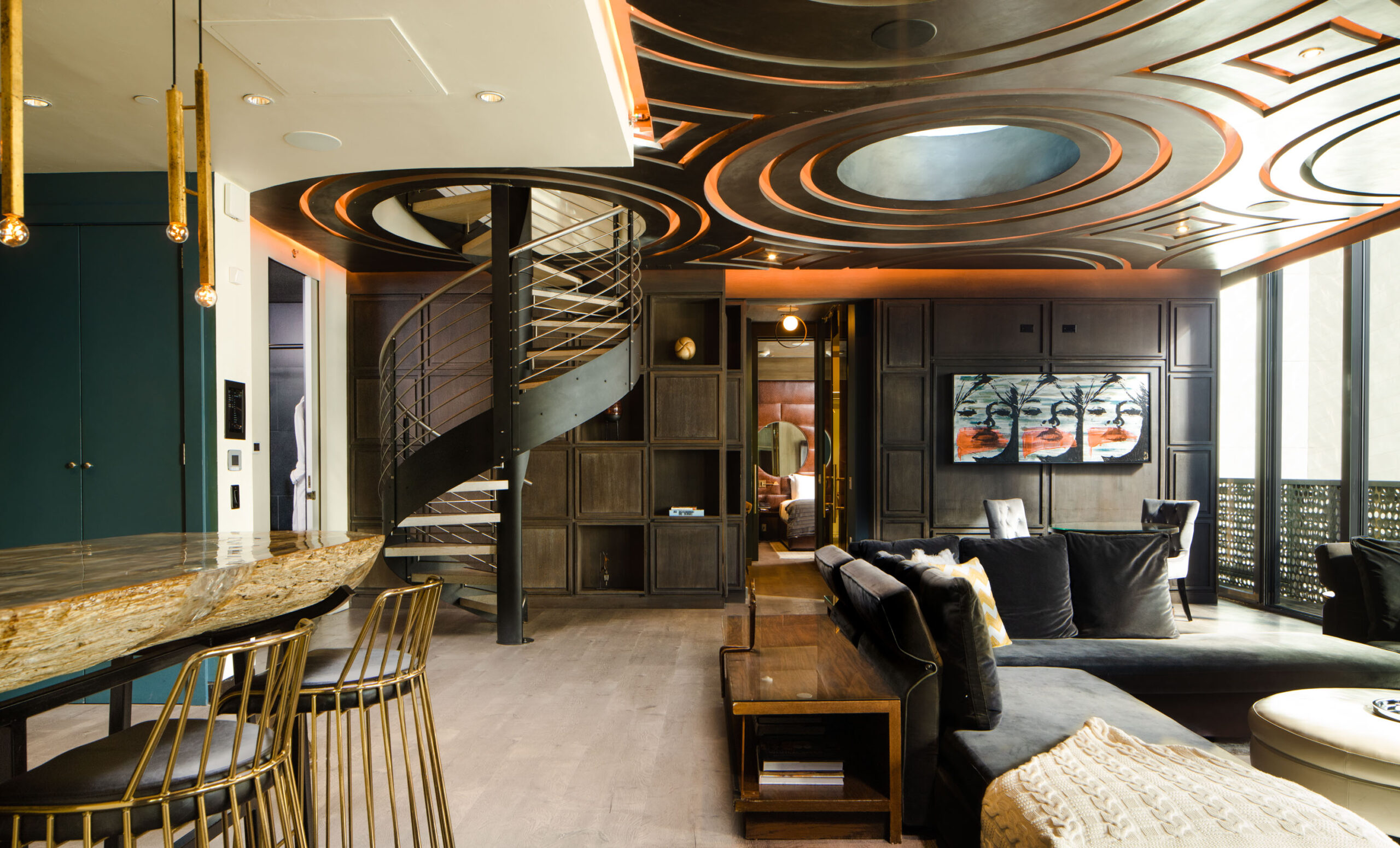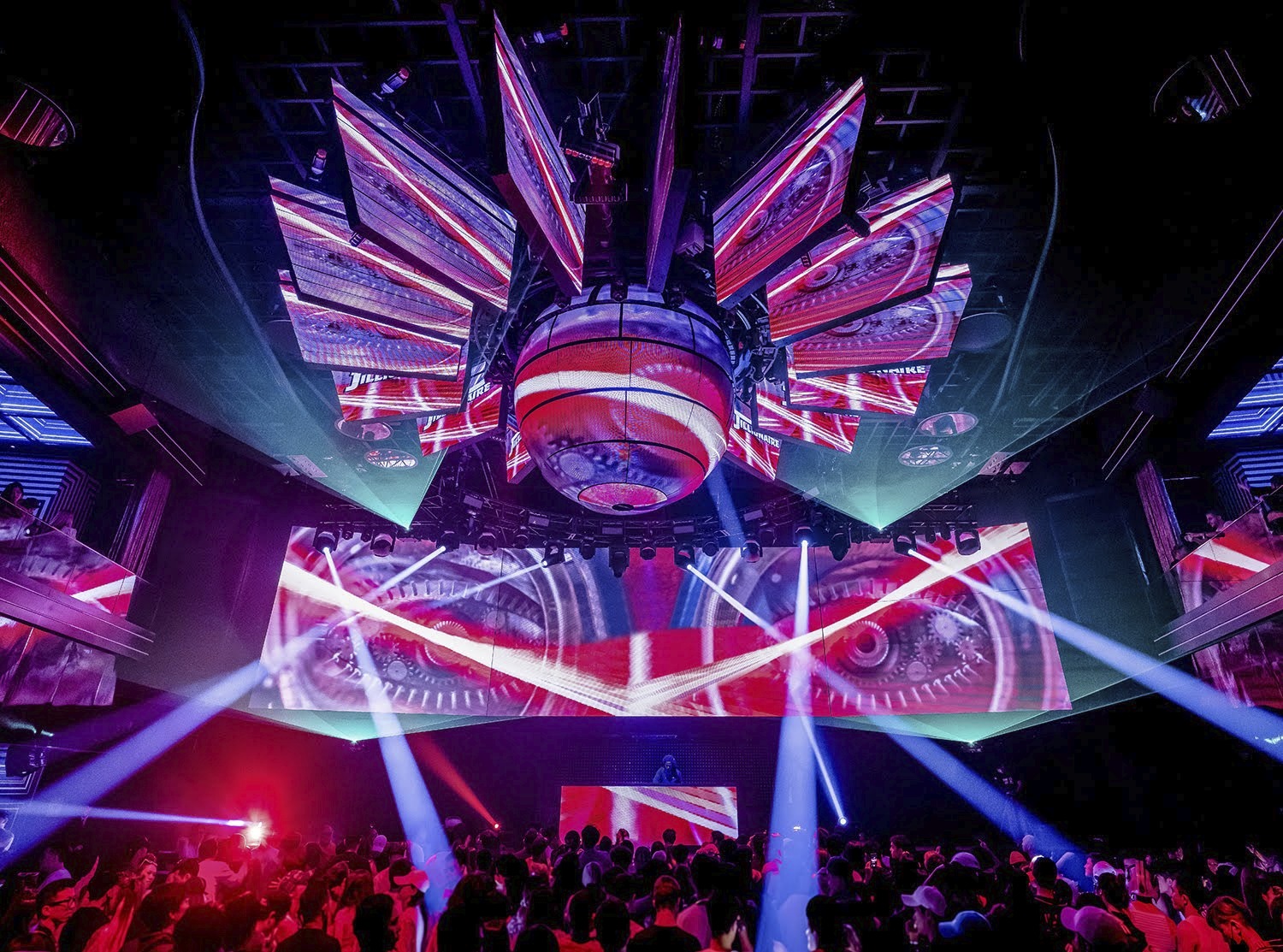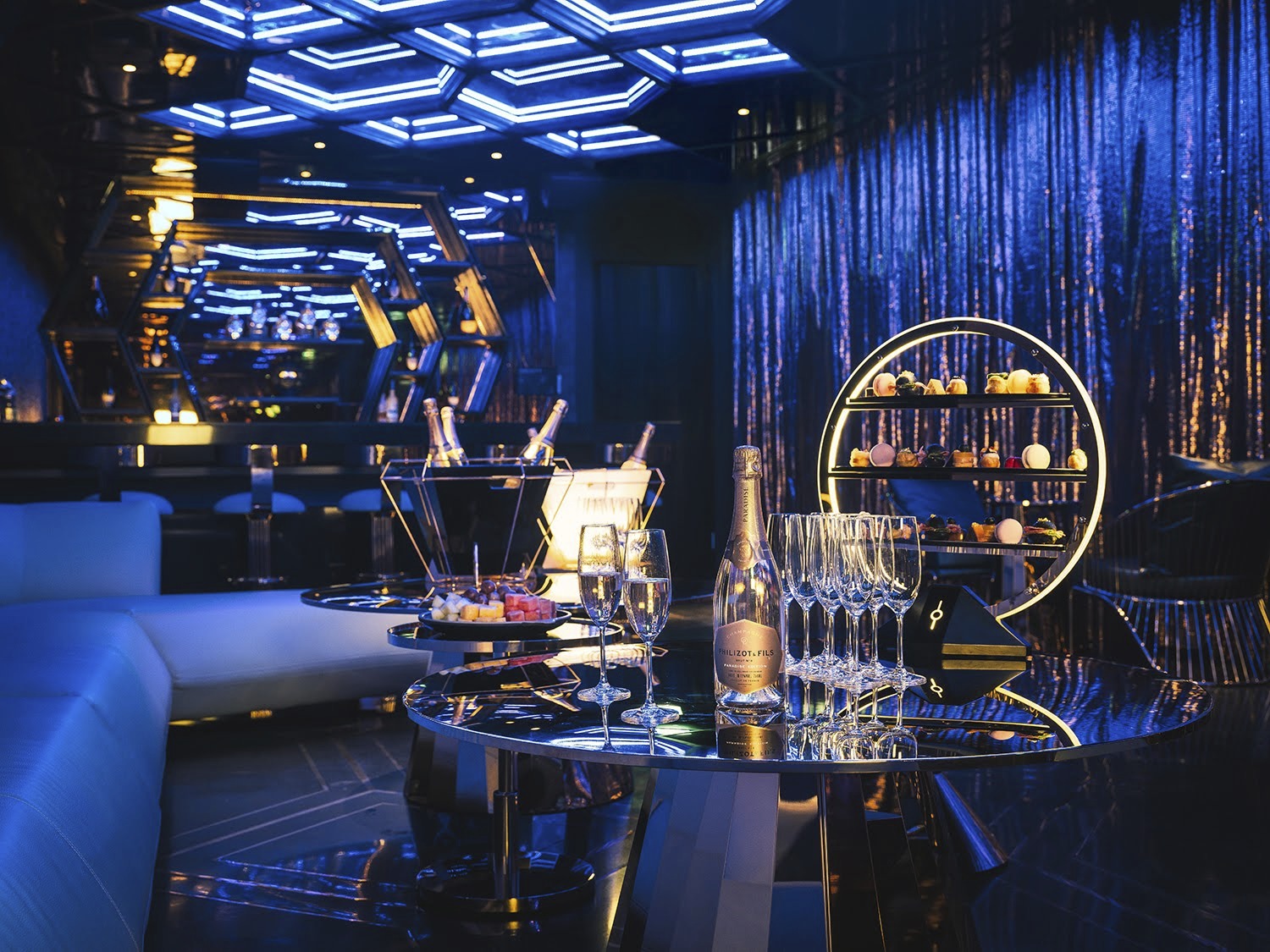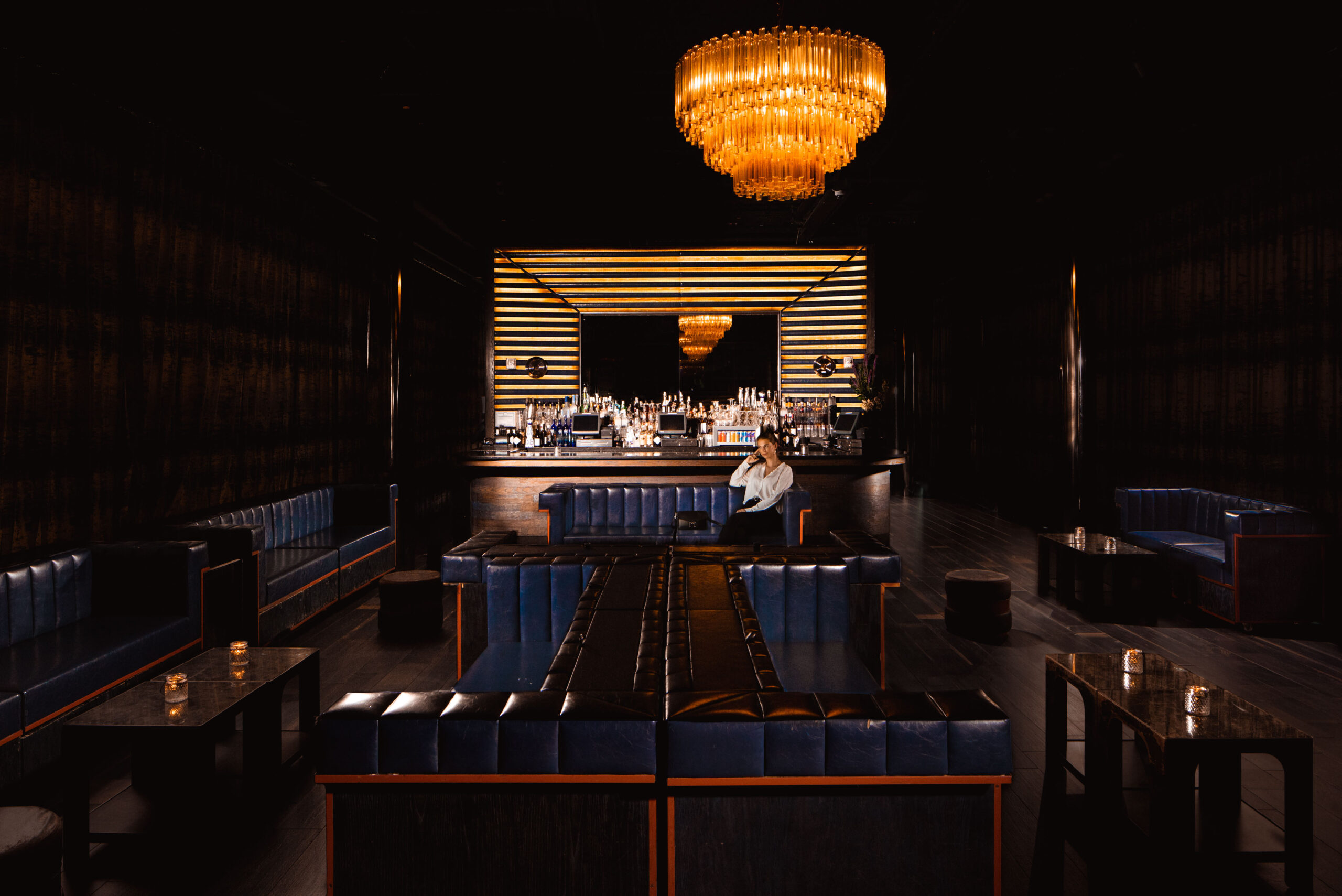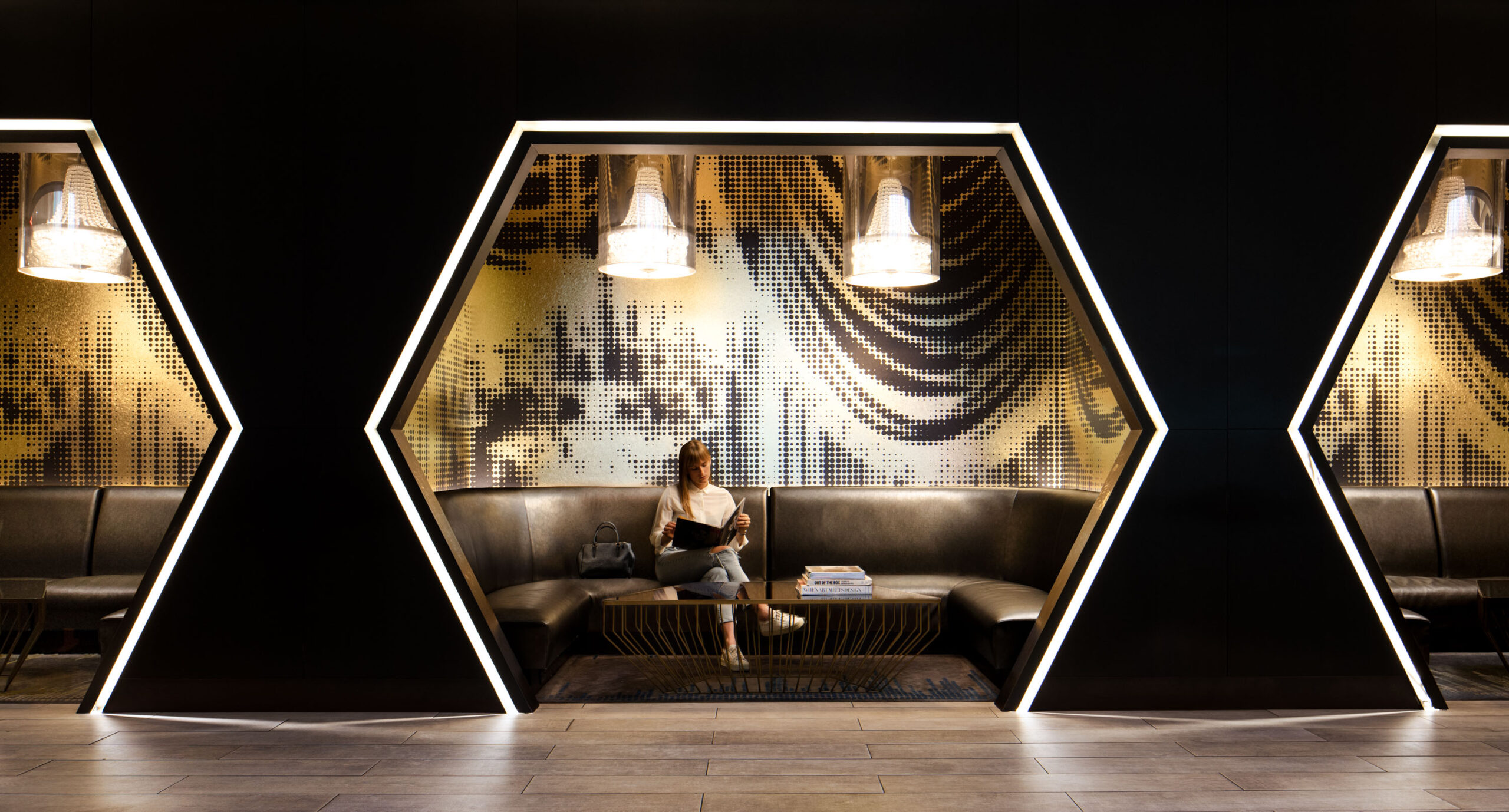Experiential design and disruption
By Josh Held
December 2, 2019
Josh Held joined Wimberly Interiors as Vice President and Director of Entertainment in July 2019, bringing his theatrical spirit and edgy style along with over 20 years of award-winning design experience. As Wimberly Interiors’ Managing Director Margaret McMahon puts it, “I’m incredibly proud of the global interiors practice we’ve established in 8 short years and, yet, I knew that to keep growing, we needed to bring in someone who could inspire us to think differently. Josh is just that: a creative leader who shares our passion for doing great work but challenges us to take it even further.” Now several months in, Josh reflects on the path that led him to WATG and Wimberly Interiors and on what he hopes to accomplish with colleagues and clients as he plays the dual role of collaborator and disruptor. Here’s Josh Held, in his own words:
Crossing the Threshold
Ask what I do for a living and I’ll tell you that I create places for people to have fun. But allow me to go deeper and I’ll say that I create settings that transport people. Just as a movie can transport people to a different time or place during the two hours that you’re in the theater, I always try to find a way to transport people to a whole new experience just by your entering a space. I want to create something emotional that makes you feel different, even subconsciously. Your experience is elevated when you cross the threshold.
To me this is the goal of good design, and it’s something I’ve aspired to achieve since the start of my career. Very early on I was interested in theatrical design and production, and that led me to architecture school (at the University of Texas in Austin) and then to New York City. I worked with David Rockwell for several years and then, ultimately, launched my own design firm. Following this path, I had discovered that hospitality design offered a blend of theatrical design and experiential design in a very practical application. Whether it’s a hotel, restaurant, nightclub or casino, each example has a layer of entertainment – an experience that allows guests to step outside their day-to-day. But there’s a bottom-line imperative for the design to be functional from a financial perspective as well, serving the owners and operators of the space as well as the guests.
That dual challenge of entertainment design has always motivated me to keep learning and growing, which led me to Wimberly Interiors. After leading my own firm, and as my interests expanded, I wanted to partner with a brand that did not yet do exactly what I was doing – i.e. we would challenge each other to try new things. Wimberly Interiors had a similar culture, similar goals, and I knew that we’d all grow by working together.
Experiences as Tools
Design has the power to inspire us to think, feel, or even act differently, and that’s a responsibility I don’t take lightly. We, as designers, must understand and then communicate the intrinsic personality – the story – of each space. But to be great storytellers, and great designers who can shape a guest’s experience, we need to be great seekers of experiences ourselves. We create design from our mind’s abstraction or interpretation of every new thing we see, or do, or feel. The more input we have, the more tools we have in the toolbox.
Las Vegas, for example, is one of my favorite places to collect new experiences. There is nowhere else in the world where you have such a concentration of spectacular things to see and do. It’s equal parts energizing and soothing. Paris is another city with its own stories to tell. It was there that I was moved by my experience of Hector Guimard’s early 20th century synagogue. I just stumbled upon it but was transported emotionally as I crossed its threshold, almost by accident. This is the kind of emotion that I aspire to conjure up in my own designs, knowing that everyone will interpret the story and feel things a little differently.
Every Space has a Story
I take pride in the fact that no two projects will ever be the same. Every client, project, and space has a unique story, and there are many layers and dimensions to each. This is what makes entertainment design so exciting and fulfilling. Restaurants, nightclubs, and casinos are all part of an industry that moves faster than most, bound to rapidly shifting trends and consumer preferences. When venues are designed with a single dimension around today’s hottest styles or the current interpretation of a story, they can quickly become obsolete. Customers and guests move on to the next new thing. On the surface, this might feel like they’re fickle, but the truth is that (whether they can verbalize this or not) consumers just want to be moved and engaged. So when we go deeper into the story and design subtle layers and textures into an experience, that experience becomes richer and less predictable. It’s non-linear, and non-scripted, and there’s an unexpected element of surprise. The perspectives shift and emotions evolve, and the experience feels new even if it’s your tenth time in the space. As the saying goes, “the best way to predict the future is to create it.” By creating experiences that people didn’t know they wanted, you’re creating a need for more, and giving a space and its story greater longevity.
Designing for the Bottom Line
This philosophy allows us as designers to shape the trends rather than be shaped by them, and ultimately drives bottom-line operational success for a project. Clients have businesses to run, so they need (and deserve) to know how a space will operate. This is especially important in clubs and restaurants where circulation is critical. The way staff and customers will move through the space has to be carefully orchestrated so that nothing gets in the way of a good experience or breaks the flow of energy and emotion.
The Dream Hotel Downtown NYC is one example of design having an impact on the client’s business. We were able to reshape an underperforming lobby space and turn it into a revenue-generator. Marquee New York, too, provided an opportunity to take an existing brand that was already working quite well, and yet elevate the experience with new layers and textures – new dimensions to the story – to keep existing customers coming back for more while attracting new clientele too. We created a space that puts front-and-center Marquee’s own personality of music, dance and DJ culture, and that reflects the New York City grit that the culture is borne from. The W Hotel Times Square is similarly textured to tell its own story, representing both the well-known luxury brand and its iconic location in Manhattan’s most energetic district.
These projects and more are thoughtfully designed, and the results are beautiful spaces that often garner media attention, even awards. But to me they’re not great projects unless they achieve two things: (1) they must be functional for the client, and (2) they must make people happy. And number two is often what drives number one. If customers and guests are happy, having fun, feeling sparks of energy and emotion that they might not even be able to put into words, then they’re going to keep coming back for more. And this is one of the most rewarding parts of being a designer. Seeing people enjoy experiences that I’ve helped to create ultimately makes me happy too.
Latest Insights
Perspectives, trends, news.

- Strategy & Research
Spiritual Travel: Designing to Connect Mind, Body, and Soul

- Strategy & Research
Spiritual Travel: Designing to Connect Mind, Body, and Soul

- Case Study
The Design Journey of Nobu Hotel and Residences Los Cabos
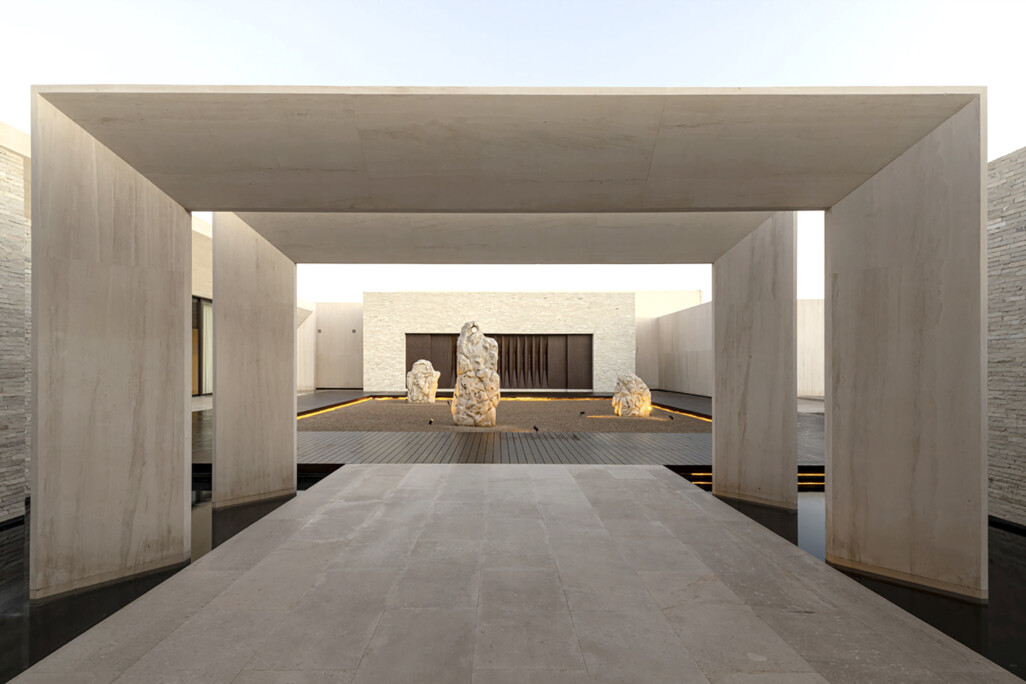
- Case Study
The Design Journey of Nobu Hotel and Residences Los Cabos


- News
Helping shape Egypt’s future

- Employee Feature
Beyond Boundaries: Celebrating World Landscape Architecture Month 2025

- Employee Feature
